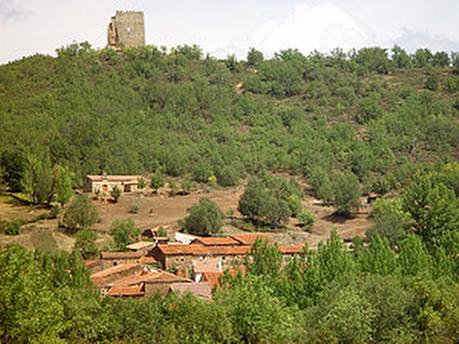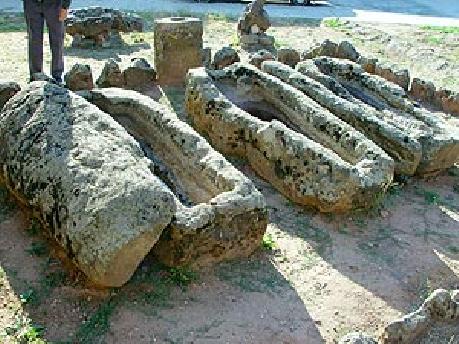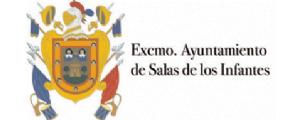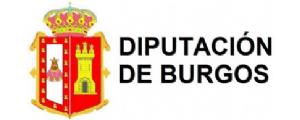Escipión
In this tour we will follow the steps of the Roman major general Cornelio Escipion, who led a troop of 60,000 men, on his way to conquer the city of Numancia.
Historical way trough
(Original text “Ruta de Escipion” edited by the Town Hall of Salas de los Infantes, C.I.T. Sierra de la Demanda and the Friends of the Castrovido Castle).Our start point is Salas de los Infantes, just behind the School San José. There, we will find a well-preserved Roman Road of 80 meters. This is a partial Road that joined the cities of Clunia and Tritium-Magallum, making use of the natural path that crossed the top mountains of the Sierra de la Demanda, joining the valleys of the river Duero and Ebro. This Roman major general was the adopted grandson of Escipion “The African”; Publio Cornelio was consul in the year of 147 B.C. He was entrusted to lead the army during the Third Punic War and burned Cartago in the year of 146. The senate gave him the mission to lead the war of Numancia, which was planned with the reorganization of the army and hard training. In the summer of 134, he plundered the vacceo region and then turned the surroundings of Numancia in an impregnable site. In the year of 133, the people of Numancia had to surrender and Escipion Emiliano destroyed the city. He was killed in Rome, probably due to his opposition to the democrats and to the Gracos agrarian laws.
Almanzor also used this same Roman Road in his raids against Christian Kingdoms during the Upper Middle Age (10th century).
On our tour we go through the urban area of Salas until we take the street called “La Carrera”, later it turns into a track that goes along the course of the river Arlanza until reaching Castrovido. After having walked almost 1 Km, we will be able to see a plateau-like hillock that was a defensive settlement (fort) during the pre Roman era. Its zenith ranged from the 1st to the 3rd century, during the celtiberic culture, but it ended with the Roman invasion. Many Neolithic to Roman pieces found in this area are now exhibited at the Archaelogical-Paleontological Museum of Salas.
This was also where an important stand was made against the Arabs.
We arrive Castrovido, a village with a beautiful Roman bridge and its typical “Sierra” chimneys. The village retains its original medieval layout with a castle on the top of a small hill.A curious Romanesque baptismal font from the 12th century can be seen in the church of San Martin. Next to the hermitage of “Nuestra Señora del Carmen” with its Pre Roman apse, we will see two infant-sized, anthropomorphic medieval tombs (9th-10th century) carved into the rock.
The name of Castrovido is due to Don Vito, comrade of Gonzalo Gustios, the father of the Seven Infants of Lara. He was in charge of resettling this village as well as being responsible for defending the Arlanza River-crossing from Arab raids. With this in mind, he built a defensive tower on the top of the hill that crowns the village. What we see today is a 14th century reconstruction made by the powerful Velasco family. The tower comprised a basement/cellar, three floors and a terrace surrounded by battlements. The walls are 2 meters thick at their base.
Flora and Birds
On our tour we will be able to admire some of the more than 140 different species of birds that inhabit the area. Trees such as alders, ashes, black poplars, among others, populate the riverbank where oropendolas, kingfishers, woodpeckers, European robins, blackbirds, nightingales, great tits… nest and live. Closer to Castrovido we might be able to see the common raven, pearl kites and even the rare-to-see in the province of Burgos the red-rumped swallow.
« Covarrubias Natural road "Green Route" of the Mining Railway »









